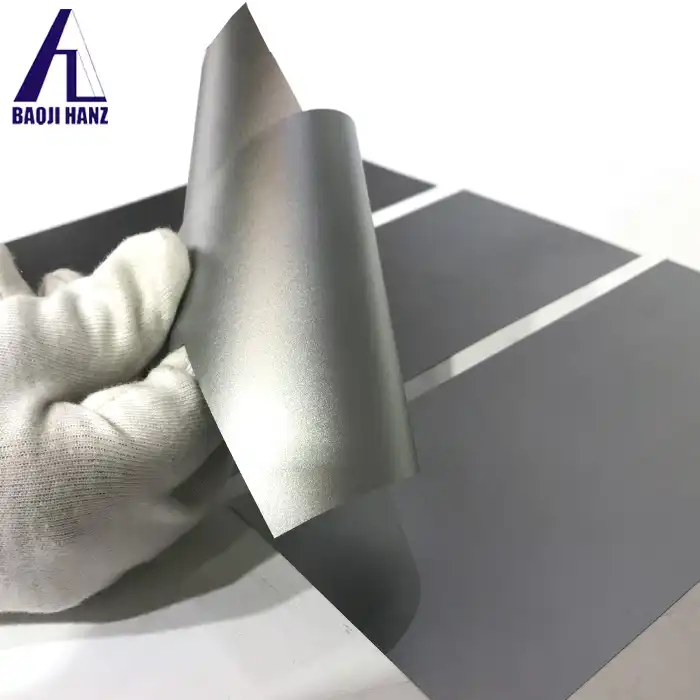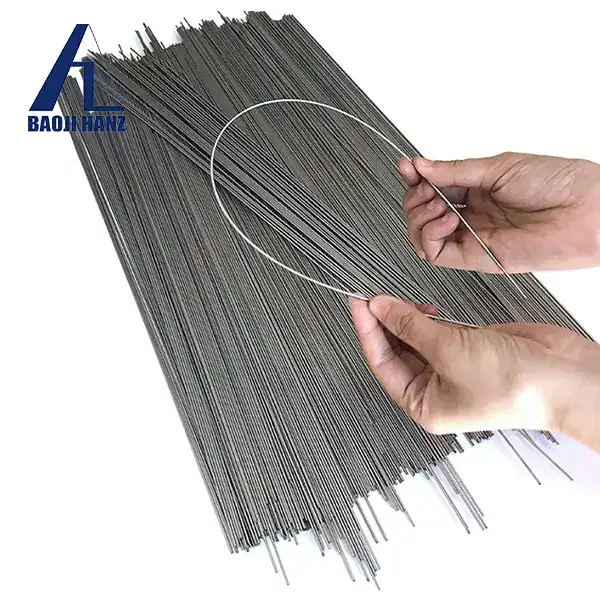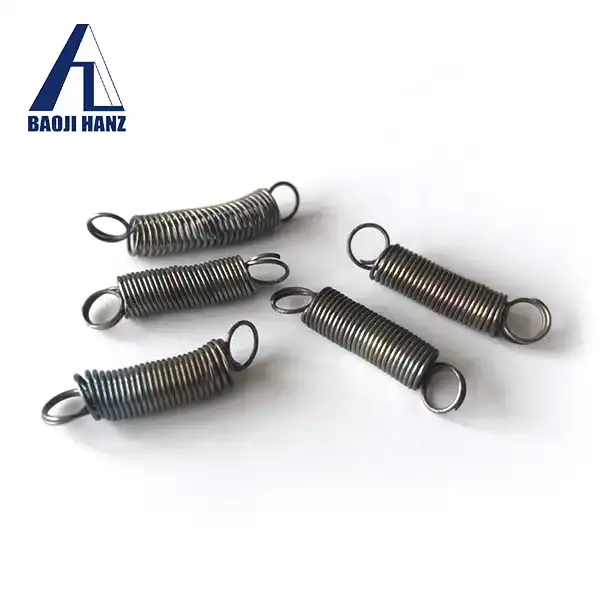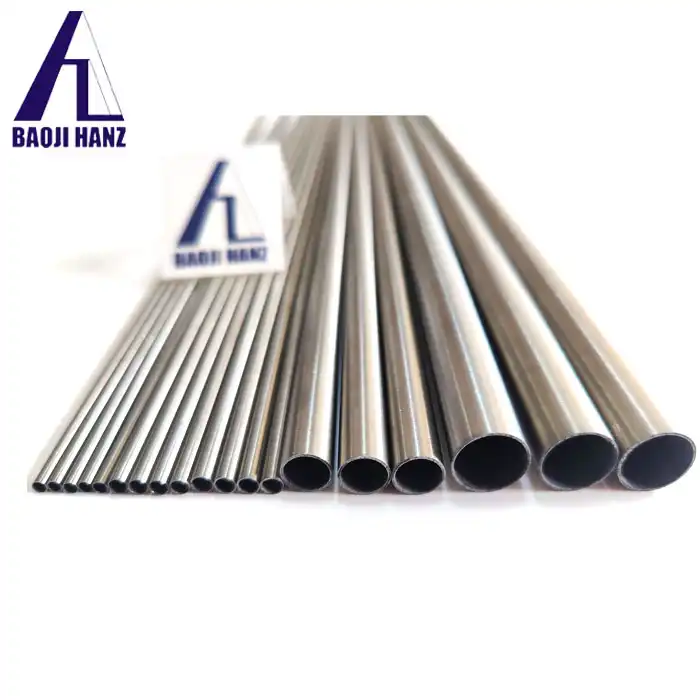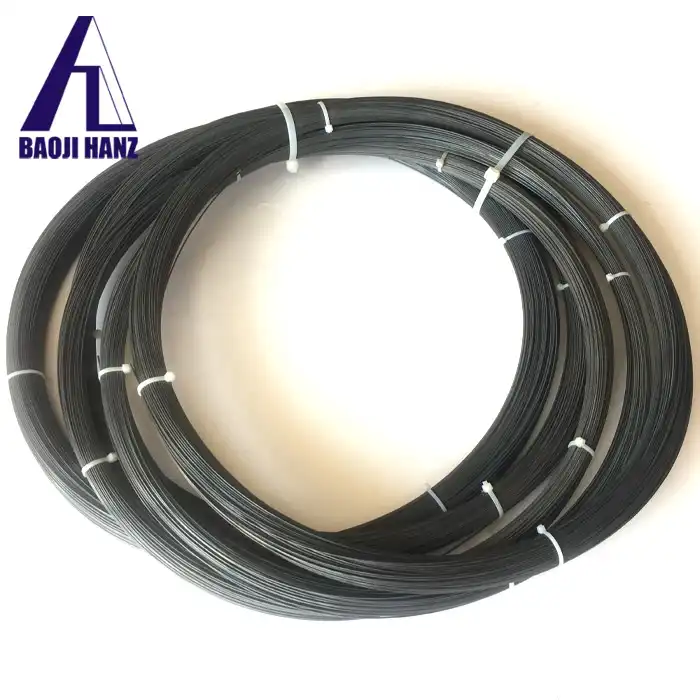What industries use shape memory nitinol foil?
2024-10-18 22:37:13
Shape memory nitinol foil is a remarkable material that has revolutionized numerous industries due to its unique properties. This innovative alloy, composed of nickel and titanium, possesses the extraordinary ability to "remember" and return to its original shape when subjected to specific temperature changes. Its superelastic nature, combined with excellent biocompatibility and corrosion resistance, has made nitinol foil an indispensable component in various applications across multiple sectors. In this comprehensive exploration, we'll delve into the diverse industries that harness the power of nitinol foil, examining its transformative impact and the innovative solutions it enables.
Medical and Healthcare Applications
Cardiovascular Devices
Shape foil has found extensive use in the development of cardiovascular devices. Its superelastic properties make it ideal for creating self-expanding stents, which can be compressed into a small diameter for minimally invasive insertion and then expand to their predetermined shape once deployed in blood vessels. These stents help to keep arteries open and improve blood flow in patients with cardiovascular diseases. Additionally, nitinol foil is utilized in the fabrication of heart valve frames, providing a flexible yet durable structure that can withstand the constant movement of the heart.
Orthopedic Implants
In orthopedic applications, shape memory nitinol foil plays a crucial role in developing advanced implants and devices. Its unique properties allow for the creation of bone plates and screws that can adapt to the natural curvature of bones, providing better fixation and promoting faster healing. Nitinol foil is also used in spinal implants, where its shape memory characteristics enable the development of dynamic stabilization systems that can maintain flexibility while supporting the spine. These innovations have significantly improved patient outcomes and reduced recovery times in orthopedic surgeries.
Dental Instruments
The dental industry has embraced nitinol foil for its exceptional properties in creating advanced instruments and appliances. Orthodontic archwires made from nitinol foil provide consistent, gentle forces for tooth movement, resulting in more comfortable and efficient treatments. The material's superelasticity allows for the development of endodontic files that can navigate complex root canal systems with reduced risk of breakage. Moreover, nitinol foil is used in the fabrication of dental implants, where its biocompatibility and shape memory properties contribute to improved osseointegration and long-term stability.
Aerospace and Aviation Industry
Aircraft Actuation Systems
The aerospace industry is using nitinol foil to create innovative, lightweight actuation systems that replace traditional hydraulic or pneumatic components. These actuators enhance wing morphing for improved aerodynamics, benefiting from high fatigue resistance and extreme temperature performance.
Vibration Damping
Shape memory nitinol foil has proven invaluable in addressing vibration issues in aerospace applications. Its superelastic properties allow for the creation of damping systems that can absorb and dissipate energy effectively. These systems are employed in aircraft engines, where they help reduce vibration-induced fatigue and extend component life. Additionally, nitinol foil-based dampers are used in satellite structures to mitigate the effects of launch vibrations and thermal cycling in space, ensuring the longevity and reliability of sensitive equipment.
Thermal Management
Shape foil is used in aerospace thermal management systems for passive temperature control devices that require no external power. It helps maintain optimal temperatures in satellites and is employed in deployable radiators and sunshields for heat dissipation and solar protection.
Consumer Electronics and Robotics
Haptic Feedback Devices
In the realm of consumer electronics, nitinol foil has enabled the development of advanced haptic feedback systems. Its rapid response to electrical stimuli allows for the creation of tactile sensations that enhance user experiences in touchscreens, gaming controllers, and virtual reality interfaces. The material's ability to generate precise, localized movements has revolutionized the way we interact with electronic devices, providing more immersive and intuitive user interfaces.
Microactuators for Robotics
The robotics industry has leveraged shape memory nitinol foil to create compact and efficient microactuators. These actuators utilize the material's shape memory effect to produce controlled movements in small-scale robotic systems. Nitinol foil-based actuators offer advantages such as high power-to-weight ratios, silent operation, and the ability to function in confined spaces. They are employed in various applications, including robotic grippers, artificial muscles for humanoid robots, and miniature robotic surgical instruments.
Wearable Technology
Shape foil has found its way into the burgeoning field of wearable technology. Its flexibility and shape memory properties make it ideal for creating adaptive and responsive wearable devices. Nitinol foil is used in the development of smart textiles that can change shape or texture in response to environmental conditions or user inputs. It is also employed in the fabrication of flexible circuit boards and antennas for wearable electronics, enabling the creation of more comfortable and durable devices that can conform to the human body.
Conclusion
Shape memory nitinol foil has proven to be a versatile and transformative material across numerous industries. From its critical role in medical devices to its innovative applications in aerospace and consumer electronics, nitinol foil continues to push the boundaries of what is possible in material science and engineering. As research and development in this field progress, we can expect to see even more groundbreaking applications that harness the unique properties of this remarkable alloy.If you want to get more information about this product, you can contact us at: baojihanz-niti@hanztech.cn.
Properties and Characteristics of Shape Memory Nitinol Foil
Superelasticity and Shape Memory Effect
Shape memory nitinol foil exhibits two extraordinary properties that set it apart from conventional materials: superelasticity and the shape memory effect. Superelasticity allows the foil to undergo substantial deformation without permanent damage, returning to its original shape upon unloading. This property is particularly useful in applications requiring flexibility and resilience. The shape memory effect enables the foil to "remember" and return to a predetermined shape when heated above its transformation temperature. This unique characteristic opens up a world of possibilities for creating smart, responsive structures and devices.
Temperature-Dependent Behavior
The behavior of the Shape memory nitinol foil is intricately linked to temperature. At lower temperatures, the material exists in a martensite phase, which is easily deformable. As the temperature increases, it transitions to the austenite phase, triggering the shape memory effect. This temperature-dependent behavior allows for precise control over the material's properties, making it ideal for applications in thermal management and temperature-sensitive devices. The ability to fine-tune the transformation temperature through composition adjustments further enhances the versatility of the product.
Mechanical and Physical Properties
Shape memory nitinol foil boasts an impressive array of mechanical and physical properties. Its high strength-to-weight ratio makes it an excellent choice for lightweight yet durable components. The material's corrosion resistance surpasses that of many conventional alloys, ensuring longevity in harsh environments. Additionally, the ptoduct exhibits good biocompatibility, making it suitable for medical implants and devices. Its electrical and thermal conductivity properties also contribute to its utility in various applications, from sensors to actuators.
Manufacturing Processes of Shape Memory Nitinol Foil
Alloy Composition and Melting
The production of shape memory nitinol foil begins with careful control of the alloy composition. Precise amounts of nickel and titanium are combined to achieve the desired properties. The melting process typically involves vacuum induction melting or vacuum arc remelting to ensure high purity and homogeneity of the alloy. These advanced melting techniques are crucial for maintaining the consistency and quality of the final product, as even small variations in composition can significantly affect the foil's performance.
Casting and Hot Working
After melting, the nitinol alloy is cast into ingots or billets. These are then subjected to hot working processes such as forging or hot rolling to break down the as-cast structure and improve the material's properties. Hot working helps to refine the grain structure and enhance the mechanical properties of the alloy. The temperature and deformation parameters during this stage are carefully controlled to ensure optimal performance of the product.
Cold Rolling and Heat Treatment
The hot-worked material undergoes cold rolling to achieve the desired foil thickness. This process involves multiple passes through precision rollers, gradually reducing the thickness while increasing the length. Cold rolling also introduces work hardening, which affects the material's properties. Subsequent heat treatment is crucial to impart the shape memory and superelastic properties to the foil. This heat treatment, often referred to as "shape setting," involves heating the foil to a specific temperature and holding it in the desired shape before cooling. The precise temperature and duration of this process are tailored to achieve the optimal shape memory behavior for the intended application.
Applications of Shape Memory Nitinol Foil
Medical Devices and Implants
Shape memory nitinol foil has found extensive use in the medical field, revolutionizing the design of minimally invasive devices and implants. In cardiovascular applications, nitinol foil is used to create self-expanding stents that can be compressed for insertion and then expand to their predetermined shape once in place. This property allows for less invasive procedures and reduced trauma to patients. Orthodontic archwires made from nitinol foil provide constant, gentle force for tooth alignment, improving comfort and reducing treatment time. In neurosurgery, shape memory nitinol foil is utilized in aneurysm clips and guidewires, offering enhanced maneuverability and precision during delicate procedures.
Aerospace and Automotive Industries
The unique properties of the Shape memory nitinol foil make it an invaluable material in aerospace and automotive applications. In aircraft, nitinol foil is used in variable geometry chevrons for jet engines, which can adapt their shape to optimize performance and reduce noise during different flight phases. The automotive industry employs nitinol foil in actuators for climate control systems and in adaptive damping systems for improved ride comfort. The material's high fatigue resistance and ability to withstand extreme temperatures make it ideal for these demanding applications. Additionally, shape memory nitinol foil is explored for use in morphing aircraft structures and self-healing automotive components, pushing the boundaries of what's possible in vehicle design and performance.
Consumer Electronics and Robotics
Shape memory nitinol foil has made significant inroads into consumer electronics and robotics, enabling the creation of more compact and responsive devices. In smartphones and tablets, nitinol foil is used in haptic feedback mechanisms, providing tactile sensations that enhance user experience. The material's superelasticity is exploited in flexible antennas and connectors, allowing for more durable and bendable electronic devices. In robotics, shape memory nitinol foil actuators offer a lightweight alternative to traditional motors, enabling the development of more agile and energy-efficient robots. Soft robotics, in particular, benefits from the material's ability to change shape in response to electrical stimuli, opening up new possibilities for adaptive and biomimetic designs.
Conclusion
Shape memory nitinol foil has emerged as a versatile and innovative material with a wide range of applications across various industries. Its unique properties of shape memory and superelasticity have enabled the development of groundbreaking technologies in medicine, aerospace, automotive, and consumer electronics. As research continues to uncover new possibilities for this remarkable material, we can expect to see even more exciting applications in the future, pushing the boundaries of what's possible in engineering and design. If you want to get more information about this product, you can contact us at: baojihanz-niti@hanztech.cn.
Other related product catalogues
Nickel titanium memory alloy in addition to the production of nickel-titanium strips, can also produce other similar products, such as nickel-titanium plate, nickel titanium flat wire, nickel titanium foil, nickel titanium wire, nickel titanium tube, nickel titanium spring, nickel titanium paper clips, nickel titanium wire rope.
|
|
|
|
|
|
|
|
References
1. Duerig, T. W., & Pelton, A. R. (2018). "Materials properties handbook: titanium alloys." ASM International.
2. Mohd Jani, J., Leary, M., Subic, A., & Gibson, M. A. (2014). "A review of shape memory alloy research, applications and opportunities." Materials & Design, 56, 1078-1113.
3. Elahinia, M. H., Hashemi, M., Tabesh, M., & Bhaduri, S. B. (2012). "Manufacturing and processing of NiTi implants: A review." Progress in Materials Science, 57(5), 911-946.
4. Hartl, D. J., & Lagoudas, D. C. (2007). "Aerospace applications of shape memory alloys." Proceedings of the Institution of Mechanical Engineers, Part G: Journal of Aerospace Engineering, 221(4), 535-552.
5. Sun, L., Huang, W. M., Ding, Z., Zhao, Y., Wang, C. C., Purnawali, H., & Tang, C. (2012). "Stimulus-responsive shape memory materials: a review." Materials & Design, 33, 577-640.
6. Barbarino, S., Flores, E. I. S., Ajaj, R. M., Dayyani, I., & Friswell, M. I. (2014). "A review on shape memory alloys with applications to morphing aircraft." Smart Materials and Structures, 23(6), 063001.

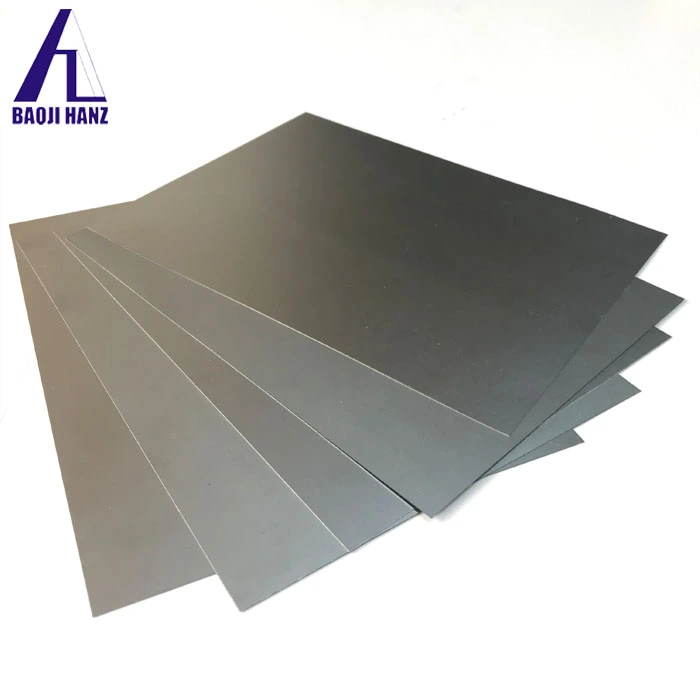
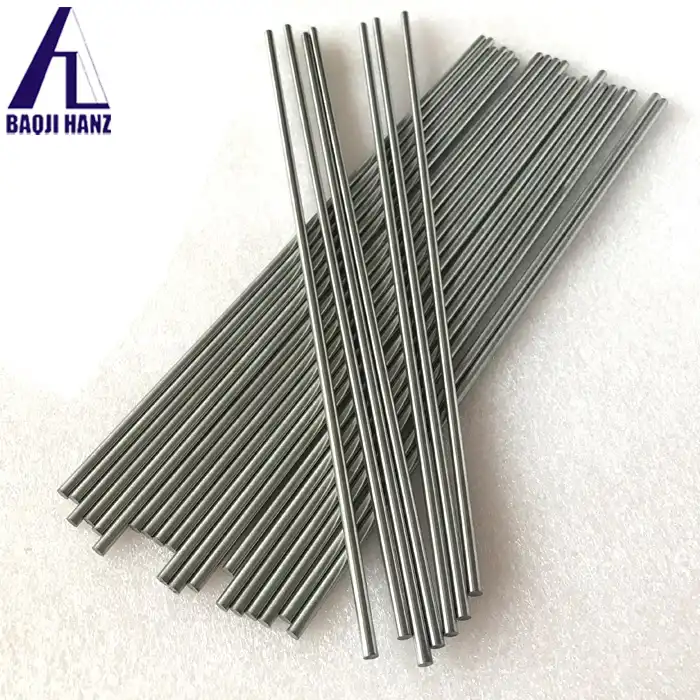
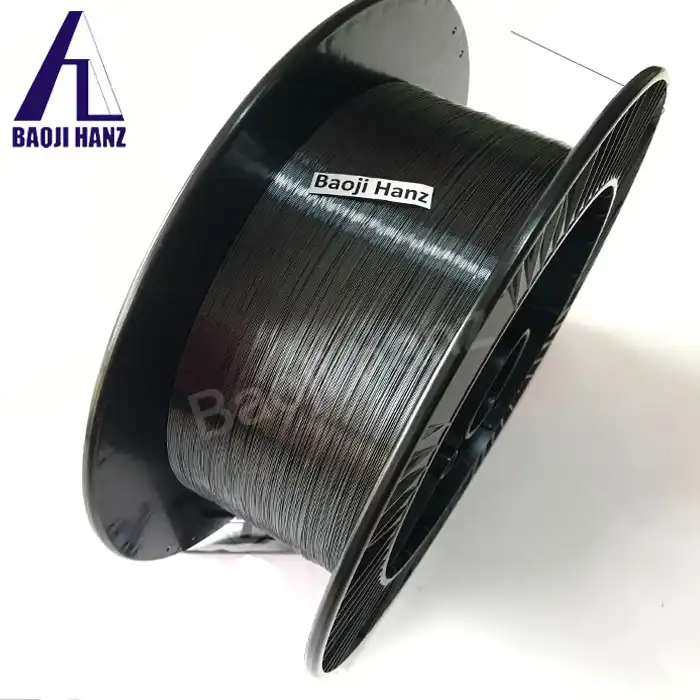
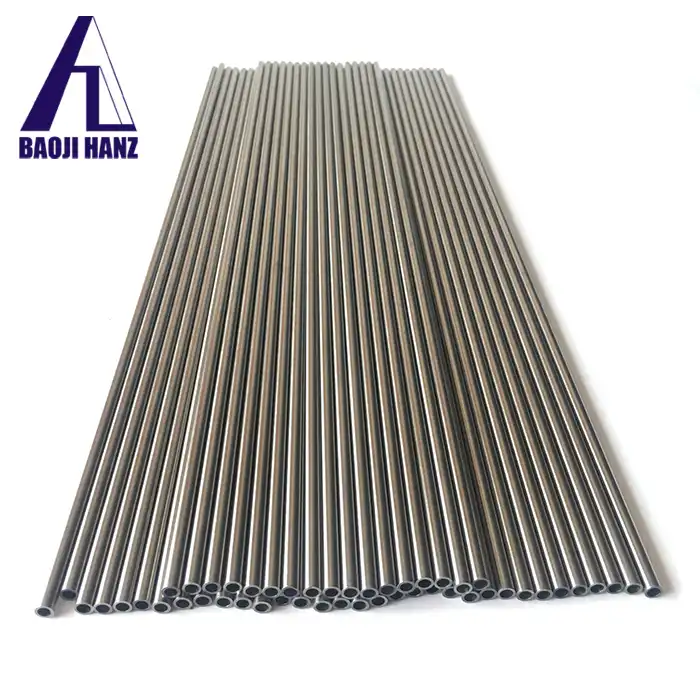
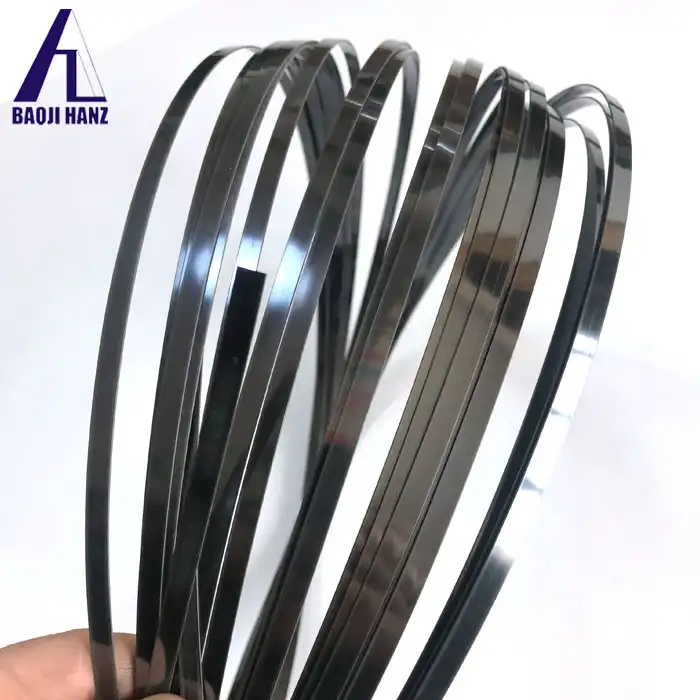
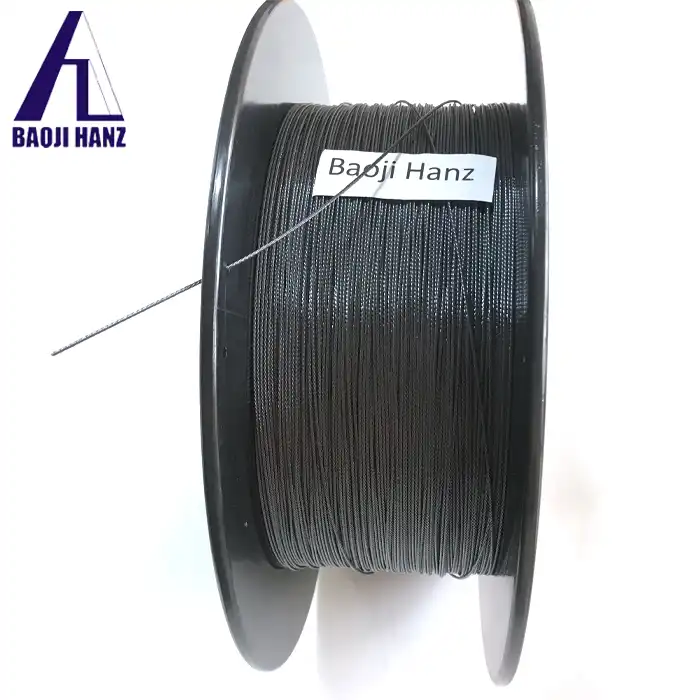
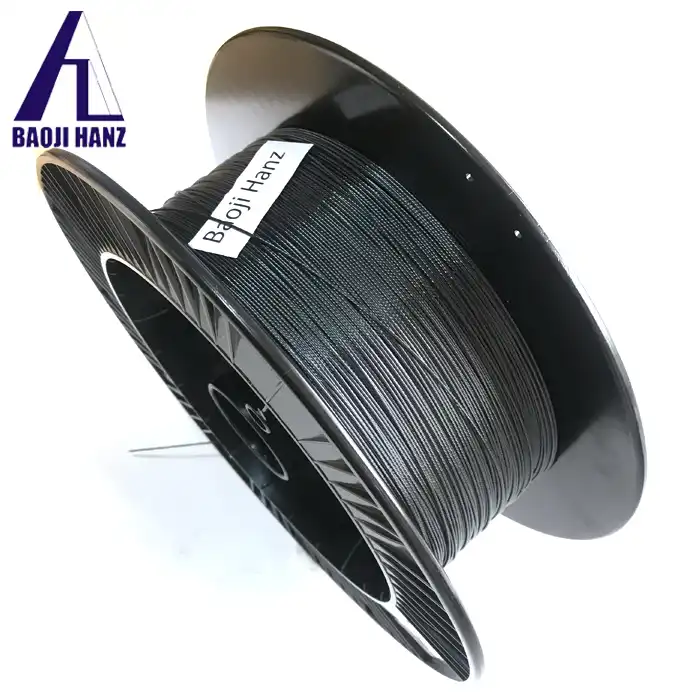
_1732964162468.webp)
